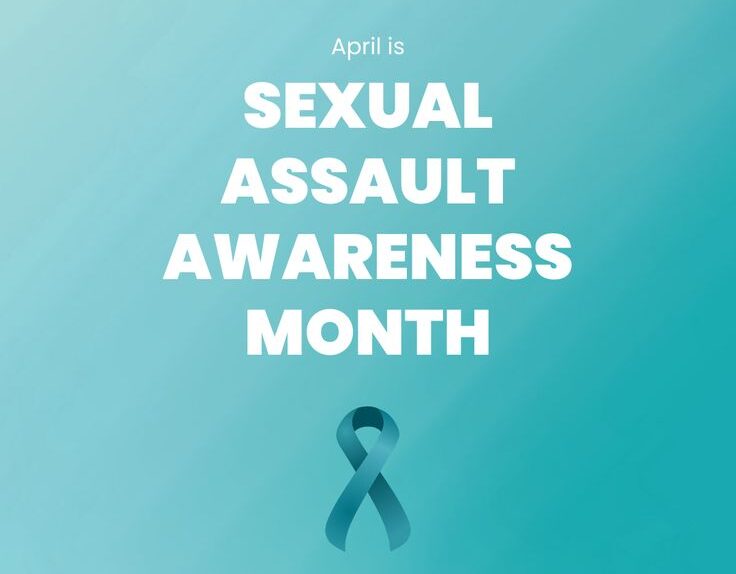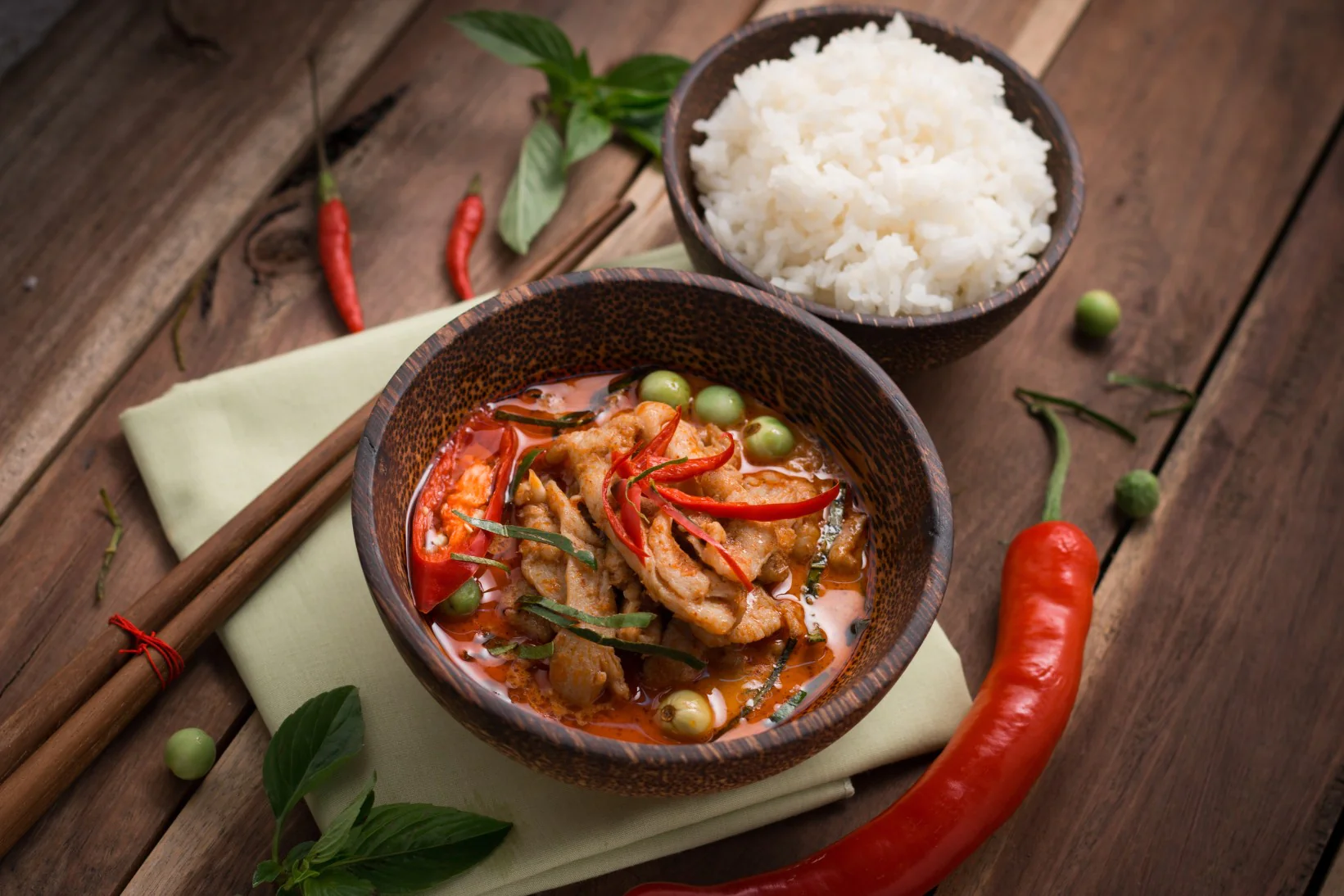Relieving varicose veins
Doctors and researchers estimate that up to 50 per cent of women have venous disease (disorders affecting the leg veins). The disease is likely to manifest in bulging veins, which
Doctors and researchers estimate that up to 50 per cent of women have venous disease (disorders affecting the leg veins). The disease is likely to manifest in bulging veins, which are often darker than the rest of the skin because they are filled up with blood. Sometimes they may appear like there is a snake coiled around the leg. When the condition is severe, the veins are unsightly and this makes women uncomfortable exposing their legs.
The circulatory system has two kinds of blood vessels – arteries and veins. While arteries carry oxygen-rich blood from the heart to the rest of the body, veins return it to the heart. Leg veins push blood up to the heart, against gravity, using valves that open when the blood flows past them, and then close after each heartbeat to stop the blood flowing backwards. Varicose veins occur when these valves are missing or faulty, causing blood to collect in the veins. This blood makes them bulge and appear darker than the rest of the skin.
Varicose veins can be hereditary or caused by standing or sitting for long periods, thin-walled veins, injury or inflammation of the veins, and being overweight. Poor blood circulation, which is most commonly caused by lack of exercise, standing for long periods or a sedentary lifestyle makes varicose veins worse. Smoking is also believed to be responsible as it interferes with collagen production, which is vital for vein health.
Treatment…
Varicose veins can be surgically removed but newer treatments include sclerotherapy and endovenous laser treatment, neither of which requires a general anesthetic. With sclerotherapy, a chemical solution or foam is injected directly into the vein. It aims to close off the affected vein, forcing other stronger veins to take over the job of circulating blood. The laser treatment destroys the vein through heat. Ask your doctor what treatments are available and the best suited for you and also affordable, as some of these procedures can be extremely expensive.
Although pregnancy can make varicose veins worse, it doesn’t cause them to develop, so you don’t have to wait until you have finished having a family to get them treated. Severe cases of varicose veins often require treatment, as they can become debilitating, especially during pregnancy. If you are concerned about your varicose veins, consult a doctor as soon as possible as ignoring the condition can only make it worse. If surgery is recommended, bear in mind that varicose veins can occasionally reappear after surgery.
Personal management…
Exercise, especially walking, can help prevent or improve symptoms. Yoga is also helpful, as the breathing exercises help blood flow around the body. You could also try wearing support tights or flight socks when you wear trousers, which you can get from chemist shops. These work like compression bandages, putting pressure on the valves in the veins in your legs to force the blood flow back up towards your heart.
Veins need to be elastic to help the blood flow smoothly back to the heart. This requires you to eat vein-friendly, bioflavonoid-rich foods, such as dark berries, blueberries and blackberries. Taking 1000mg of vitamin C daily also boosts bioflavonoids’ efficiency. Including fibre in your diet will prevent constipation and ensure there is no extra pressure on leg veins so capillaries don’t break down. For comfort and strengthening of the walls of small blood vessels to relieve varicose veins and thread veins, ask your doctor to recommend a cream for daily use. There are many varieties available.
You can also offer yourself a few home remedies. Cotton or lint pads soaked in witch hazel can help tone veins, as can cypress oil. Add a few drops to carrier oil such linseed or wheat germ and massage over the legs. You could also try the following aromatherapy massage treatments. Mix three drops of concentrated rose oil in 30 ml peach oil and one tablespoon of wheat germ oil and gently massage all over the leg. You could also use three drops concentrated orange oil, one drop each of lemon and lime oils in 30 ml peach oil plus one teaspoon of wheat germ oil, and massage gently all over the leg. You can get aromatherapy oils from chemist shops, beauty stores and health stores such as Healthy Yu in the malls.
Tips to help boost your leg health
Stretch your legs and ankles, or curl and uncurl your toes whenever you can to get your leg veins pumping blood more efficiently.
Don’t sit with your legs crossed for long periods as this can restrict blood flow. Try to elevate your legs whenever possible using a leg stool or cushions.
Herbs such as horse chestnut, nettle, yarrow, St. John’s wort and shepherd’s purse are said to help improve blood flow. You can try supplements containing them but first consult your doctor before using any supplements.
Acupuncture or shiatsu massage may help improve blood circulation so book yourself sessions with qualified professionals as often as you can.
Published on March 2013





